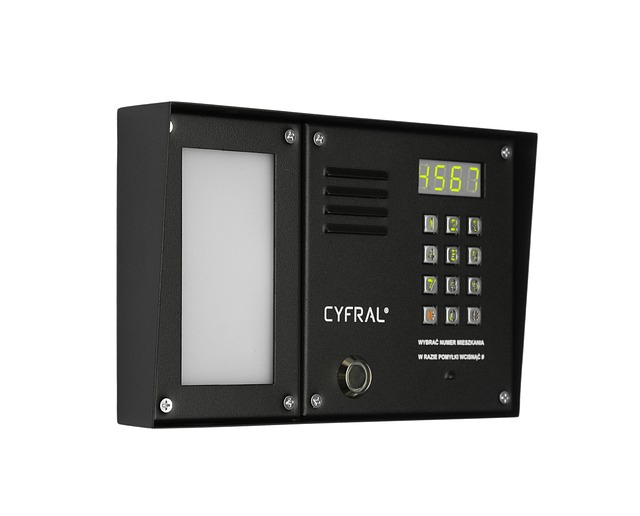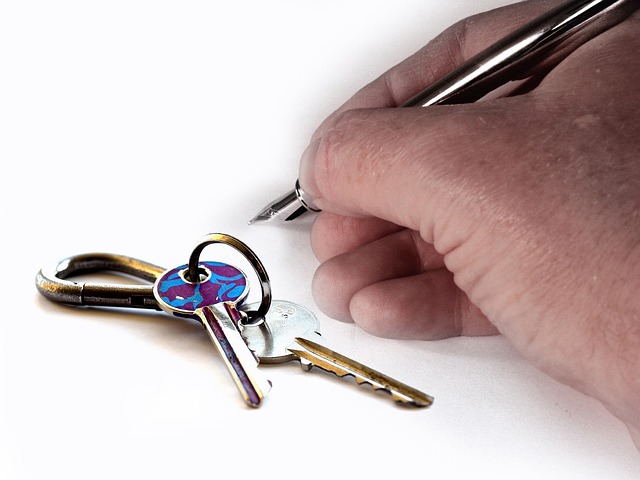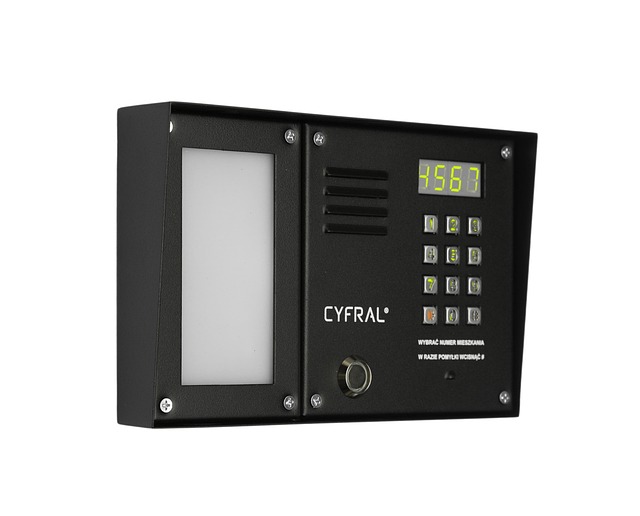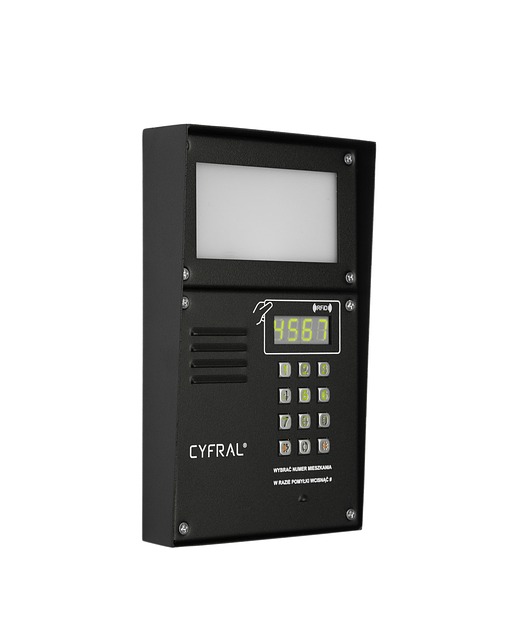In real estate, building trust through open communication and respectful boundaries is key to healthy landlord-tenant relationships. Landlords should prioritize transparency, keeping promises, and integrity, while tenants benefit from active listening, empathy, and clear feedback. Regular check-ins, prompt issue resolution, and clear expectations create a harmonious environment, enhancing the rental experience in a competitive market. Effective communication channels and mutual respect prevent conflicts, ensuring both parties' needs are met.
In the real estate world, fostering positive landlord-tenant relationships is paramount for mutual success. This article delves into three key pillars: Building Trust and Communication, Respecting Boundaries and Expectations, and Providing Excellent Customer Service. By mastering these areas, landlords can create a harmonious environment that encourages tenant satisfaction and retention, ultimately enhancing their investment’s long-term performance.
Building Trust and Communication

Building trust is the cornerstone of any healthy landlord-tenant relationship in the real estate industry. Tenants who feel trusted and respected are more likely to maintain the property responsibly, communicate openly, and foster a positive environment. Landlords can build this trust by being transparent, keeping promises, and demonstrating integrity in their actions. Regular communication, whether it’s through face-to-face meetings, phone calls, or digital messages, helps to bridge the gap between landlord and tenant. It allows for clear expectations to be set, concerns to be addressed promptly, and a mutual understanding of responsibilities.
Effective communication involves active listening, empathy, and constructive feedback. Tenants should feel comfortable voicing their needs, while landlords must demonstrate patience and understanding when discussing issues or resolving conflicts. This open dialogue not only strengthens the relationship but also helps in preventing minor problems from escalating into major disputes, ensuring a harmonious coexistence for both parties.
– The foundation of a positive relationship

Building a strong foundation is key to fostering a positive landlord-tenant relationship in the real estate sector. This begins with open and transparent communication. Landlords should make themselves accessible, ensuring tenants feel comfortable discussing any issues or concerns. Regular check-ins, whether virtual or in-person, can help maintain this line of dialogue.
Respecting each other’s boundaries is another pillar. Tenants need their privacy, while landlords must balance their need for property maintenance and access with the tenant’s comfort. Establishing clear expectations from the outset, outlining responsibilities, and respecting personal space helps create a harmonious environment, enhancing the overall rental experience.
– Tips for open and honest communication

In the real estate industry, fostering strong landlord-tenant relationships is key to a successful and harmonious rental experience. Open and honest communication forms the backbone of this connection. Tenants should feel comfortable discussing any concerns or issues they may have directly with their landlord. Regular, transparent conversations can prevent small problems from escalating into larger, more complicated matters. Landlords, in turn, must be receptive to tenant feedback and willing to address their needs.
To achieve this, both parties should establish clear communication channels. This might involve setting up regular meeting times, using online messaging platforms, or providing contact information for emergencies. Additionally, landlords should ensure that all terms, expectations, and agreements are clearly communicated from the outset, leaving no room for ambiguity. Such practices create a cooperative environment, where issues are swiftly resolved, fostering a positive living experience for everyone involved.






